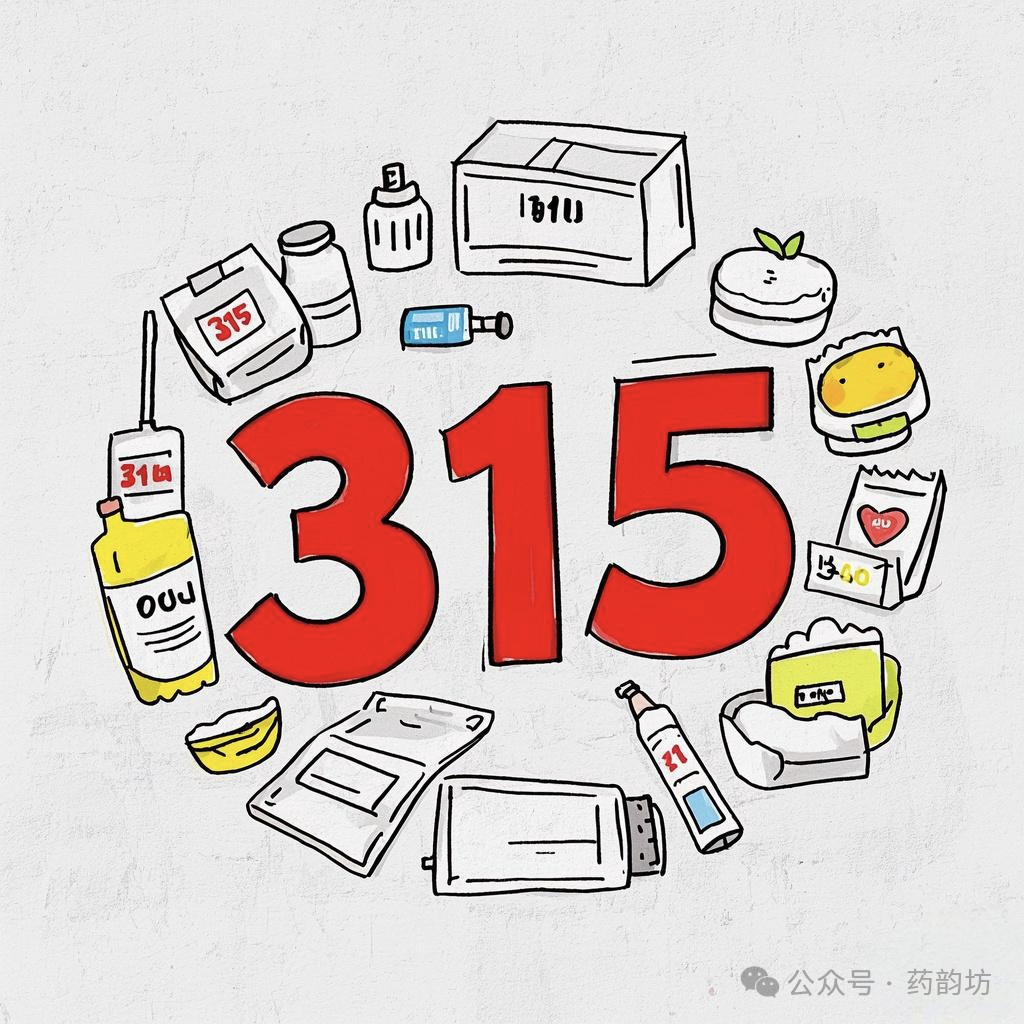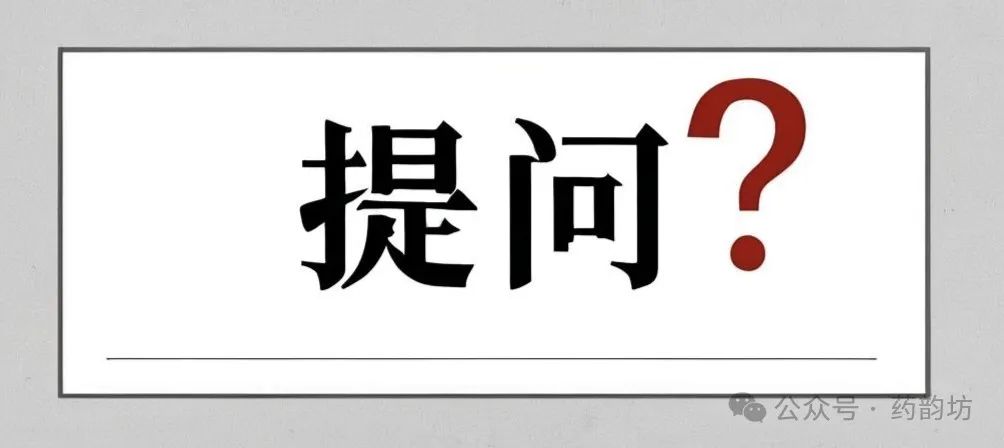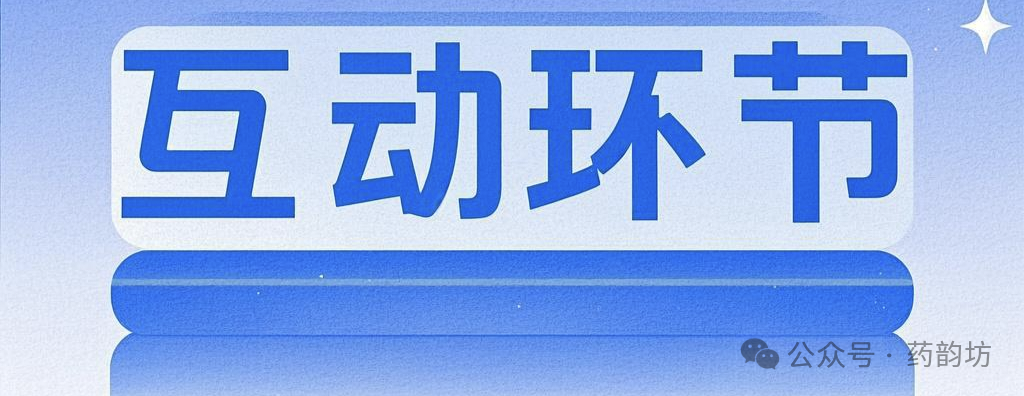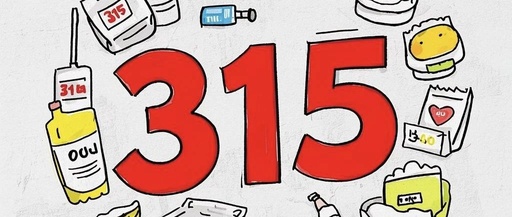[Special Warning for 3·15 Consumer Rights Day]
 “The expensive Cordyceps I bought turned out to be a starch model!” and “Ejiao tested positive for horsehide components”… As we enter the peak season for health supplements in spring, the Chinese medicine market is fraught with hidden dangers. According to the latest data from the Chinese Pharmaceutical Association, complaints about counterfeit Chinese medicinal materials have increased by 23% annually, with methods such as dyeing and weight enhancement becoming increasingly common. Today, we will teach you how to use the five steps of ‘Observation, Listening, Inquiry, Pulse, and Inspection’ to expose counterfeit tactics and ensure medication safety.
“The expensive Cordyceps I bought turned out to be a starch model!” and “Ejiao tested positive for horsehide components”… As we enter the peak season for health supplements in spring, the Chinese medicine market is fraught with hidden dangers. According to the latest data from the Chinese Pharmaceutical Association, complaints about counterfeit Chinese medicinal materials have increased by 23% annually, with methods such as dyeing and weight enhancement becoming increasingly common. Today, we will teach you how to use the five steps of ‘Observation, Listening, Inquiry, Pulse, and Inspection’ to expose counterfeit tactics and ensure medication safety.
[Five Steps to Identify Counterfeit Chinese Medicine❗]
1. Observation: Signs of Deception
✔ Genuine Example: Natural Sanqi (Panax notoginseng) has the characteristic of “copper skin and iron bones,” with a cross-section showing a dark green color and radial patterns.
✘ Counterfeit Case: Gelatin-reformed Sanqi has a smooth surface without texture and loses color after soaking in hot water.
2. Listening: The Scent Code
✔️ Authentic medicinal materials should have their inherent medicinal aroma: for example, Danggui (Angelica sinensis) has a strong aroma of angelica ketone.
✘ A pungent sour smell (sulfur fumigation) or completely odorless (old medicinal materials refurbished).
3. Inquiry: The Texture Mystery
✔ Genuine Test: When breaking apart Poria (Poria cocos), it should produce powdery particles (starch reaction).
✘ Counterfeit Test: Gel-injected heavy medicinal materials feel sticky, and a fingernail scratch reveals a waxy layer.
4. Pulse: Scientific Evidence (Technical Dimension)
Home Identification Method: Soak Goji Berries (Lycium barbarum) in water; genuine ones turn a light yellow, while dyed ones immediately lose color.
Authoritative Testing: It is recommended to use the “Chinese Medicine Electronic Supervision Code” for traceability.
5. Inspection: Channel Certification (Legal Dimension)
Look for the “Three Guarantees” label: approval number, production date, GMP certification.
Avoid Pitfalls: Be wary of “wild medicinal materials” in tourist areas and “ancestral secret recipes” online.

① What number should you call if you encounter quality issues with Chinese medicine?
② What is the correct reaction for genuine saffron (Crocus sativus)?
315 Consumer Rights Day Guide: 5 Major Signs of Chinese Medicine Counterfeiting and How to Identify Health Risks
[Interactive Zone]

“What pitfalls have you encountered when purchasing Chinese medicine? Feel free to share your experiences in the comments.”

